|
Missile Propulsion Propulsion is the means of providing power to accelerate the missile body and sustain, if necessary, to reach the required target. The basis for the working of missile propulsion systems are the well-known Newton's laws of motion. In order to aid a quick retrospect, these are stated here again. First Law A body continues in its state of rest or in uniform motion in a straight line unless acted upon by an unbalanced force. Second Law The rate of change of momentum is proportional to the impressed force and takes place in the direction of the force. Third Law Action and reaction are equal and opposite. That is, if a body exerts a force on another body, the other body too exerts a force on the first body of the same magnitude but in the opposite direction. The propulsion of a missile is achieved with the help of a rocket engine. It produces thrust by ejecting very hot gaseous matter, called propellant. The hot gases are produced in the combustion chamber of the rocket engine by chemical reactions. The propellant is exhausted through a nozzle at a high speed. This exhaust causes the rocket to move in the opposite direction (Newton's third law). As per the second law, also called the law of momentum, the rate of' change of momentum causes a force to be developed. The change in momentum of the missile body including the rocket motor casing, the nozzle and other systems due to the ejected matter creates a force leading to the propulsive action on the missile body. The missile, propelled into air, would continue to move if there were no other forces acting on it. However, resistance to its forward movement due to air (commonly called the aerodynamic drag) and the force of gravity acting downwards towards the centre of the earth are to be taken into account. By using Newton's first law, also called the law of inertia, compensative forces are imparted to the missile to overcome these negative forces. Parts Of Propulsion System All types of rocket propulsion engines contain a chamber, a nozzle, and an igniter. The chemical reaction of propellant chemicals (usually a fuel and an oxidizer) takes place in the chamber and produces gases. The energy due to this high pressure reaction permits the heating of the product gases to a very high temperature (2000-3500 C). These gases subsequently are expanded in the nozzle and accelerated to high velocities (2000-4500 m/s). The nozzle design, i.e., its shape and size are critical for the efficient function of the propulsion system. The theoretical model of the thermodynamic processes inside a rocket furnishes the analytical data necessary for this. The nozzle is essentially a conduit of varying cross-section from a maximum area to a section of minimum cross-section (called the throat of the nozzle) and again enlarging to larger cross-section. The nozzle would be subsonic, sonic or supersonic depending upon whether the exhaust velocity is below, equal to or greater than the speed of sound in air. Thus the common shapes of nozzles are convergent type, divergent type, or of the converging-diverging type. There are also conical and bell-shaped nozzles. Bell shaped nozzle or contoured nozzle is also named after its inventor as GVR Rao's nozzle. The igniter, though a tiny element among the components of the rocket engine or rocket motor, has the function of initiating the propulsion system. The propellant ignition consists of a series of complex rapid events, commencing with the receipt of an electrical pulse and heat generation and heat transfer from the ignition products (hot gases and particles) to the propellant grain surface. Flame spread is achieved to burn the entire surface area to fill the free volume of the chamber. Ignites can be categorized as pyrotechnic, pyrogen, etc. Conventional igniters are made of heat releasing compounds such as black powder, metal oxides and metal powder formulations and initiated by electrical means by passing current through an element (wire) which is imbedded in the pyrotechnic mixture. There are certain propellant combinations which do not need an igniter and they are called hypergolic. These propellants burn spontaneously when they come in contact in a certain proportion. Parameters Of Propulsion Performance The terms relevant for all types of rocket engines and some of which are used as standards for gauging the performance levels of different rocket motors are
The success of a rocket design is also governed by a term called burning rate. The burning surface of a propellant recedes as combustion proceeds. The rate of regression is called burning rate (r) and is expressed in cm/s. It (r) is a function of propellant composition itself and is manipulated by variation of' catalysts, particle size, percentage of oxidizer, heat of combustion of binder and other means. The merit of rocket propulsion design is governed by the impulse delivered per kilogram mass. If this figure is high, it means that we have obtained a better design, i.e. we are delivering the required thrust force to the missile with lesser weight of propulsion system. Since a major portion of the weight of most of the missiles is due to propulsion system and more so for-longer range systems (For ICBM it is >96% of total weight) this parameter is very important. There are multiple stages of' propulsion in larger missiles based on the velocity requirements. ICBM s generally has 3 to 4 stages and long range surface to air missiles are of 2 stages. Types Of Propulsion Systems Missile propulsion will be mainly of the following two types:
The air breathing rocket engines use the surrounding medium of' air for the support of their oxidiser. Thus they can be used only within the Earth's atmosphere whereas in the case of non-air breathing engines the rocket engine itself' carries its fuel and oxidiser on board and hence can be used in space above the Earth’s atmosphere also and is thus independent of the air medium. Reference DRDL Images - Various websites To know more about Missile Technology, click on the buttons below Leave a Reply. |
AuthorPalash Choudhari Archives
June 2021
Categories
All
|
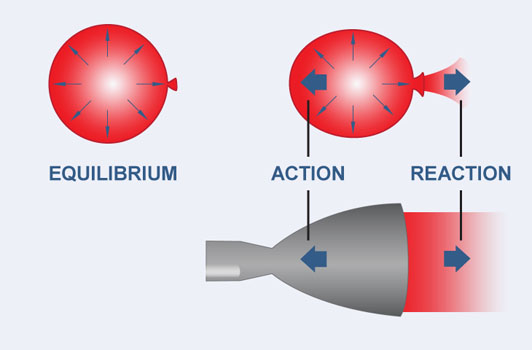
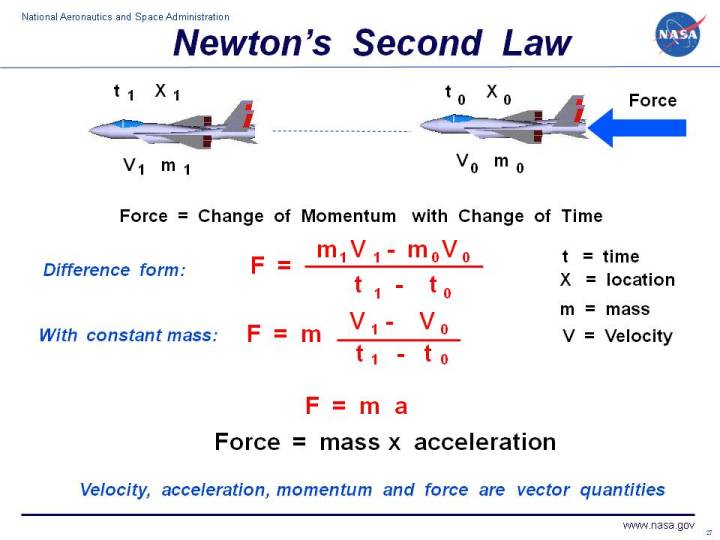
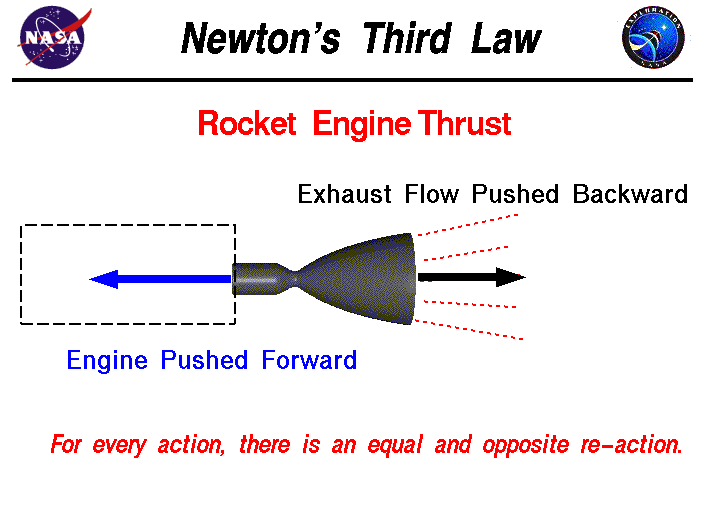
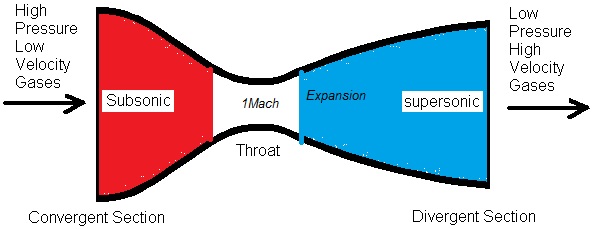
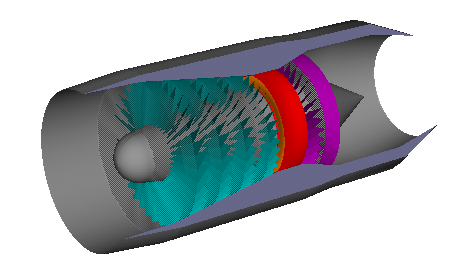
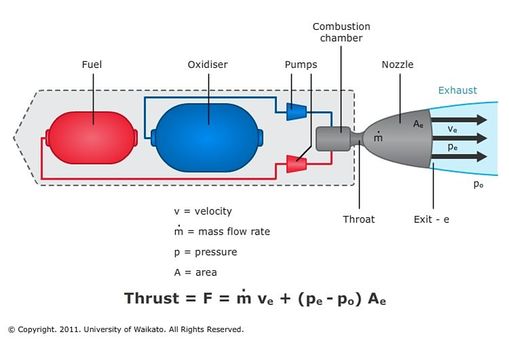
 RSS Feed
RSS Feed
